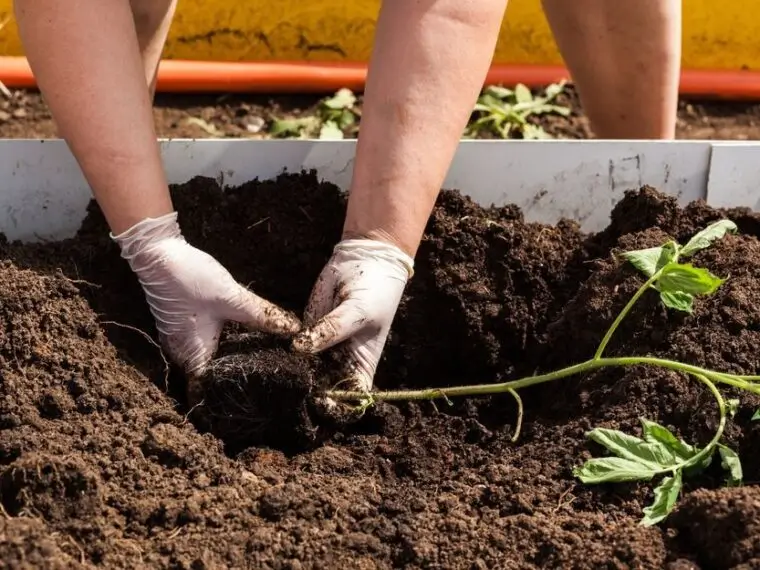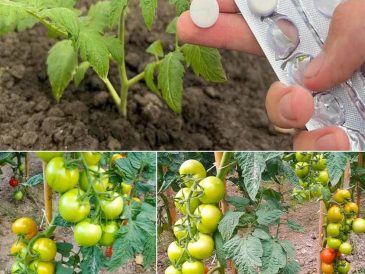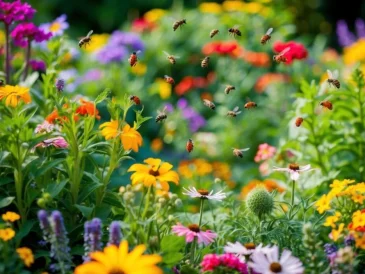Planting vegetables at the optimal time is one of the most important factors in achieving a successful and bountiful harvest. By understanding the specific needs of each vegetable and knowing the right time to plant, you can create the ideal conditions for healthy growth.
The timing of planting not only affects the quality of your crops but also plays a role in extending your growing season, helping to avoid pests and diseases, and ensuring you get the freshest produce.
This guide will help you understand when to plant key vegetables and how to care for them, so you can enjoy a thriving garden all season long.
Why Timing Matters in Vegetable Gardening
1. Optimal Growing Conditions
Each vegetable has its own temperature and sunlight requirements. Planting at the right time ensures that your crops grow in the most favorable conditions. Too early or too late, and your plants may struggle or fail to thrive.
2. Pest and Disease Prevention
Planting at the ideal time helps avoid common garden issues like pests and diseases. For example, crops planted too early might be more susceptible to late frost, while those planted too late might not have enough time to mature before the first frost of the season.
3. Extended Harvest Period
Knowing when to plant different vegetables can help you extend your growing season. This means you can enjoy fresh, home-grown produce for longer, whether it’s harvesting in late summer, fall, or even early winter.
With this knowledge, you’ll be able to plan your garden so that each plant gets the best conditions to thrive, leading to a productive and rewarding gardening experience.
When to Plant Your Vegetables
Let’s dive into the best planting times for some of the most popular vegetables you might want to grow.
1. Tomatoes – Late Spring to Early Summer
Tomatoes are a staple in many gardens, and timing is key to a successful harvest. Plant tomatoes in late spring to early summer, once the danger of frost has passed (typically May to June). Tomatoes need warm soil and full sun to grow properly.
- Harvest time: Harvest when the tomatoes are fully ripe and have reached the desired size, usually late summer to early fall (August to September).
2. Onions – Early Spring or Late Summer
Onions are versatile and easy to grow, making them an excellent choice for gardeners of all experience levels. Plant onions in early spring (March to April) or late summer (August to September) for optimal results.
- Harvest time: For mature onions, harvest when the tops begin to yellow and fall over, which generally happens in late summer to early fall (August to September).
- Tip: Cure onions by drying them in a well-ventilated, dry space to help preserve them for longer storage.
3. Peppers – Late Spring to Early Summer
Peppers thrive in the warmth of summer, so it’s best to plant them in late spring to early summer (around May to June), once the soil has warmed up.
- Harvest time: Peppers are ready to harvest when they have reached their mature color, usually late summer to early fall (August to September).
4. Squash – Late Spring to Late Summer
There are two main types of squash to consider: summer squash (like zucchini) and winter squash (like pumpkins). Both have different planting and harvest times.





